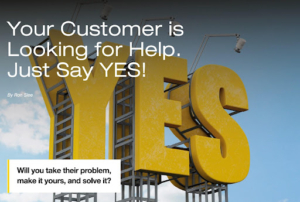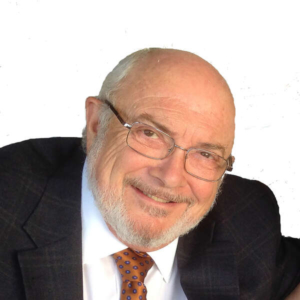How To Improve Customer Retention
This week, guest writers Steve Clegg and Debbie Frakes talk with readers about how to improve customer retention. This is one of the best ways to build successes: keep the customers you already have!
Retention is critical for the long-term success of any business. It’s crucial because it is far less expensive to keep your existing customers than to acquire new ones, and customers will buy more products and purchase more often from you the longer they work with you. Zintoro business analytics will tell you what your overall retention rate is and if you are in danger of losing specific at-risk customers. Armed with that information, you can take the right steps to ensure they keep working with you.
Why customers leave you.
Customers will stop working with you for any number of different reasons. But the primary cause is mismanaging their expectations and not keeping them proactively informed of good and bad news. The second most common reason that a customer leaves a business is a change in the employee contact or the customer contact. The third cause is having employees that are not adequately trained or knowledgeable of your products and services. Despite popular belief, price is not typically the thing that drives customers away. In fact, on the list of most common reasons, price is usually fifth or sixth.
There are several strategies you can implement to retain more customers over the long term. In this article, we’ll look at what they are and how Zintoro helps you put them into practice.
Retain more customers with Zintoro and their partners.
Offer exceptional customers service.
The key to providing excellent service is understanding customer expectations and being responsive to their questions and concerns. Your team should be proactive and reach out to customers before they contact you in order to answer the questions you anticipate them asking.
Zintoro uses Winsby Inc.’s customer satisfaction and benchmark survey programs to determine your customers’ expectations and any issues they are having. Your team can then act on this information. For employee customer service training, Zintoro relies on Ron Slee’s Learning without Scars’ online and in person training programs.
Personalize the customer experience.
Zintoro AI tracks each customer to determine their next purchase, what industry, and market they are in, and whether they are at risk of being lost. Using that information, your sales team can personalize customer interactions and tailor offers and recommend services to meet their needs, based on their past purchases and preferences. Zintoro also works with Winsby Inc. to keep your master lists up to date with the correct contacts, phone numbers, and email addresses, as well as to segment your lists and tailor messaging to specific groups.
Build strong relationships with consistent communication.
Improving customer retention depends on engaging with your customers and supporting them beyond the point of sale. Zintoro can help in several different ways:
- Provide the customer purchase data you need to reward long term customers with discounts, exclusive offers, or special access.
- Create and distribute high engagement emails, blogs, newsletters, and social media content through our partner, Winsby Inc.
- Zintoro works with most CRM systems to integrate analytics data with your sales and marketing messaging. They have found that Constant Contact’s Sharpspring CRM program supported by ClearTail marketing is one of the best because it is easy to use, automates much of the sales and email process, tracks customized information to help the customer experience and sends scored sales leads to your sales team.
Collect and act on feedback!
The key to understanding your customer expectations and issues is to regularly ask for feedback. Implementing customer satisfaction surveys from our partner, Winsby Inc., provides insights into how customers feel about your company and how well you provide for their needs. You’ll discover issues with your sales process, products, and other aspects of your business before they turn into major problems and customers leave you for the competition.
Know the signs that a customer may leave.
Zintoro tracks the products, frequency, and consistency of customer purchases to identify who is at risk. Your sales team can then act on that information and reach out to those customers, ask about their needs, and even provide a special offer or other incentive to encourage them to stay with you.
Highlight social proof and testimonials.
Showcasing positive customer experiences in your emails and on your website helps you convert more prospects and keep your existing customers. Zintoro AI tracks the online customer satisfaction scores, and Winsby Inc. posts your verified customer reviews online and on your website.
Zintoro is the key piece of the puzzle for customer retention.
Increasing retention is an ongoing process. By consistently providing value, personalization, and outstanding service, you can build long lasting relationships with your customers and increase their loyalty to your brand. Zintoro provides the data and information you need to understand your customers, and our partners give you the tools required to retain them and grow your sales.
Schedule a Zintoro demo to find out how they boost your customer retention, track, and accurately forecast business performance, and determine the ROI for your marketing and customer satisfaction efforts.








